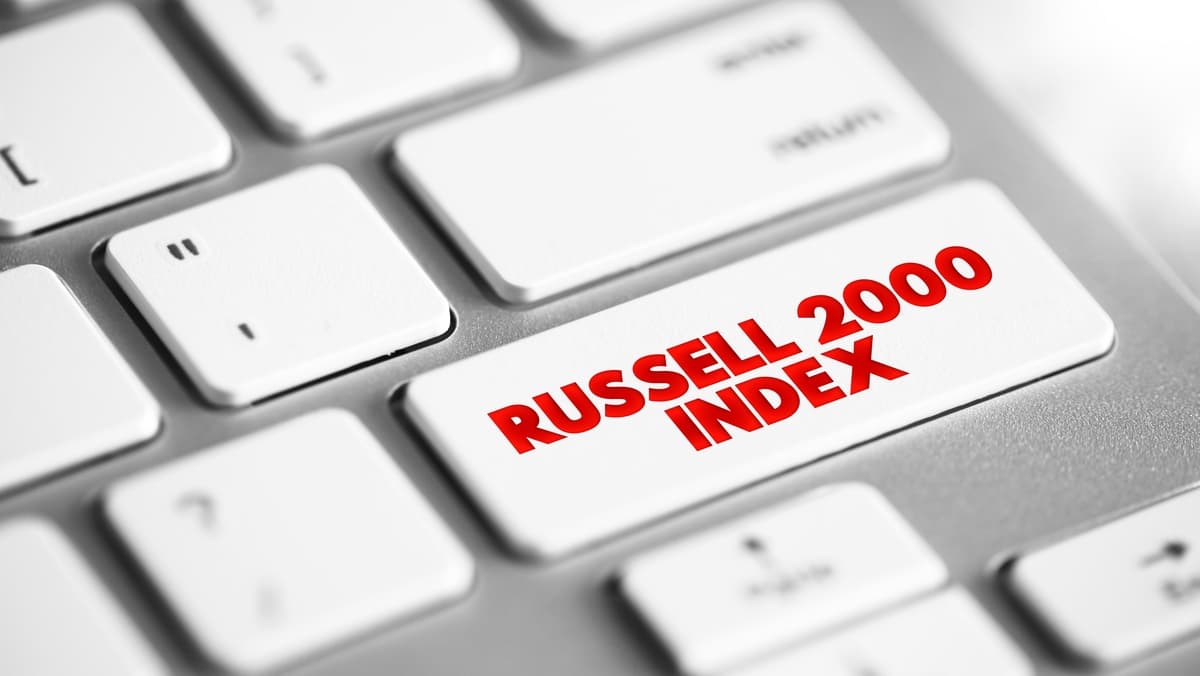Tuesday Feb 18 2025 08:39

4 min

Stock market analysis: the Russell 2000 index, which tracks the performance of 2,000 small-cap companies in the U.S., is often viewed as a barometer for the health of the broader economy.
The S&P 500 (SNPINDEX: ^GSPC) serves as the primary benchmark for the U.S. stock market, encompassing 500 large-cap companies that account for approximately 80% of domestic equities by market value. In contrast, the Russell 2000 focuses on small-cap stocks, including around 2,000 companies that represent about 5% of domestic equities.
Historically, large-cap stocks in the S&P 500 have outperformed small-cap stocks. Over the last decade, the S&P 500 saw a remarkable increase of 197%, more than doubling the Russell 2000's 94% return. However, a reliable stock market indicator suggests a potential shift in favor of small-cap stocks in 2025.
The Russell 2000 has consistently outperformed the S&P 500 during the 12 months following five of the last six presidential elections, translating to an impressive 83% success rate. Analysts attribute this trend to the fact that small-cap companies rely less on international revenue, making them less vulnerable to tariffs and currency fluctuations.
The rationale for small-cap stocks' potential outperformance is particularly relevant today. Following the recent election, President Trump has proposed significant tariffs on imports from Canada, China, and Mexico. Additionally, the U.S. Dollar Index has risen sharply, making the dollar more valuable relative to other currencies since October 2022.
JPMorgan Chase analyst Mary Park Durham suggests that this strength may persist due to the administration's focus on boosting domestic manufacturing and increasing tariffs, which could foster business growth and support the dollar.
While past performance does not guarantee future results, historical trends indicate that the Russell 2000 could outperform the S&P 500 significantly in the coming months. The index closed at 2,261 on election day. If it follows historical averages, it could rise 18% to approximately 2,668 by November 2025, representing a 16% increase from its current level of 2,303.
In comparison, the S&P 500 closed at 5,782 and could potentially rise 12% to around 6,476 by November 2025, indicating only a 6% upside from its current level of 6,118.
Investment Opportunities
Investors looking to capitalize on this potential outperformance should consider the Vanguard Russell 2000 ETF (NASDAQ: VTWO). This ETF provides an affordable and straightforward way to gain exposure to the Russell 2000.
Vanguard Russell 2000 ETF Details
The Vanguard Russell 2000 ETF features a mix of small-cap value and growth stocks, with significant weightings in the following sectors:
Industrials: 19%
Financials: 17%
Healthcare: 16%
This contrasts with the S&P 500, which is heavily weighted toward the technology sector.
Top Holdings
The five largest positions in the Vanguard Russell 2000 ETF are:
FTAI Aviation: 0.5%
Sprouts Farmers Market: 0.5%
Insmed: 0.4%
Vaxcyte: 0.4%
Credo Technology Group: 0.3%
The ETF boasts a low expense ratio of 0.1%, meaning that annual fees on a $1,000 investment would total just $1, compared to the average expense ratio of 0.36% for U.S. mutual funds and index funds in 2023.
While the S&P 500 has historically outperformed the Russell 2000 over extended periods, the current economic environment and historical trends suggest a potential shift in favor of small-cap stocks. Large-cap companies tend to be more resilient, but the Russell 2000 could thrive in the coming months based on past performance in the wake of presidential elections.
Investors may find it prudent to allocate a portion of their portfolios to the Vanguard Russell 2000 ETF while maintaining a more substantial investment in an S&P 500 index fund, such as the Vanguard S&P 500 ETF.
As we approach 2025, the Russell 2000 presents an intriguing opportunity for investors seeking growth in a potentially favorable small-cap environment.
When considering shares, indices, forex (foreign exchange) and commodities for trading and price predictions, remember that trading CFDs involves a significant degree of risk and could result in capital loss.
Past performance is not indicative of any future results. This information is provided for informative purposes only and should not be construed to be investment advice.